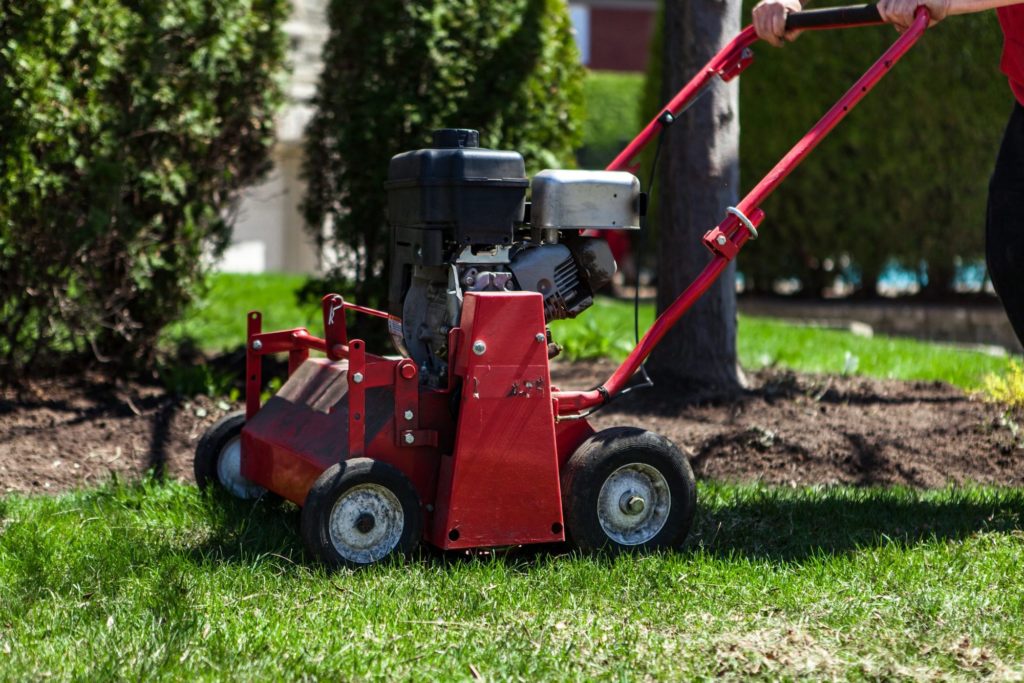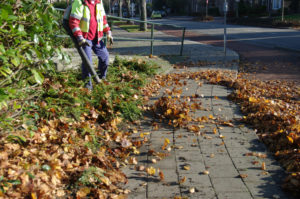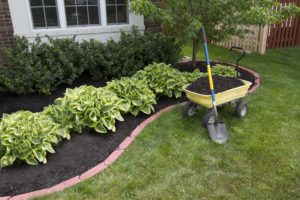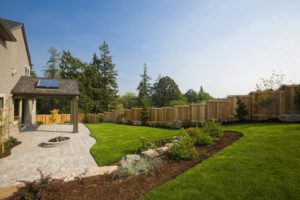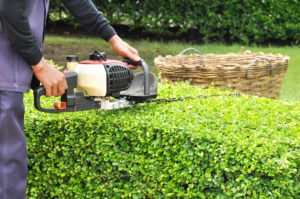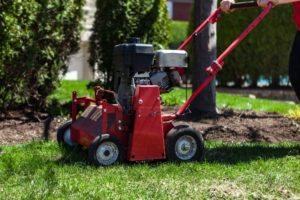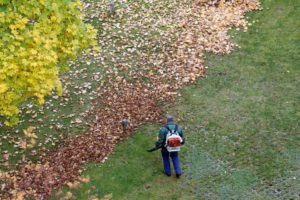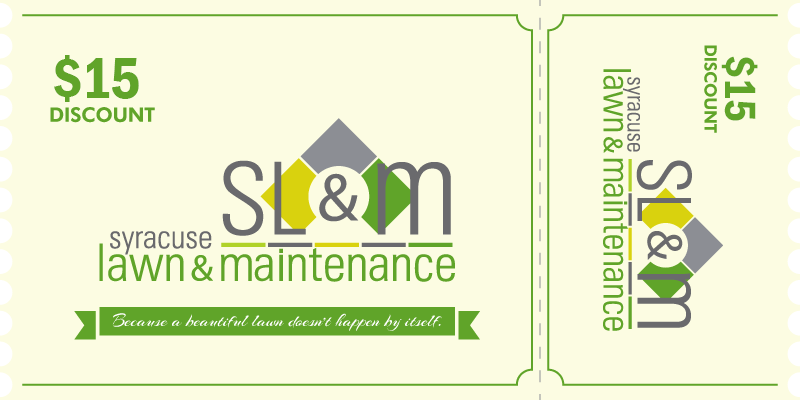Thatch is a layer between the grass and the soil made up of interwoven accumulated dead and living grass shoots, stems, crowns, and roots.
A thin layer of thatch is good.
- It helps maintain soil moisture and temperature.
A thick layer of thatch can harm lawns the following ways.
- It’s difficult for water to penetrate a thick thatch layer, causing water to run off instead of soaking in.
- It can harbor insects and lawn diseases.
- The grass may begin growing in the thatch layer instead of the soil, producing shallow root systems.
- It can block air, nutrients, and pesticides from reaching the root system.
Two signs the lawn has a thatch problem are
- Water runs off the lawn instead of soaking in.
- You’ll begin to notice grayish-brown mats on your lawn.
Contributing to thatch build-up are the three things you already do to maintain your lawn.
- Mow
- Water
- Fertilize.
- Compacted soil can also contribute to thatch build-up.
Prepare yourself. Your lawn is going to look ragged for a short time after de-thatching. If it does, you did it correctly.
Thatch builds up over time, so it’s not necessary to de-thatch every year. You might want to give your lawn a quick check every year to see how much thatch has accumulated. Over a half-inch of thatch is cause to de-thatch.

